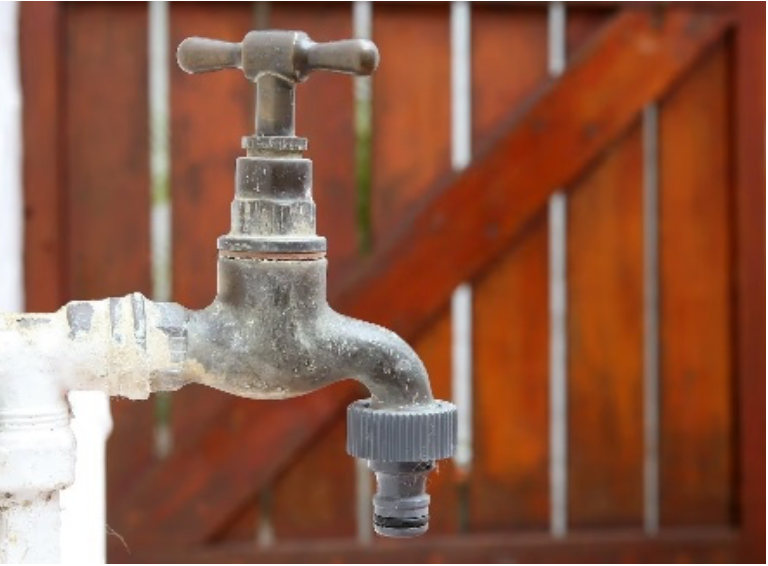
The backflow risks associated with hose union taps will vary dependent upon their use (intended or otherwise) and the environment in which they are sited. Ultimately it is for the local water undertaker to determine whether anything other than fluid category 5 backflow protection would be acceptable.
To protect public health the overriding concerns are whether there is a route through which backflow can occur and the likelihood of the tap being exposed to the fluids which pose a risk to health (highest applicable fluid category present)
In order that the correct level of backflow protection is identified and provided, the following factors will be considered:
1. The environment in which the hose tap is situated
In assessing the appropriate level of backflow protection required, account must be taken of:
The level of risk posed by potential contaminants. The highest level of fluid category to which the hose tap may or is likely to be exposed to will be the starting point in assessing the appropriate level of backflow protection required, regardless of whether a hose is or is not attached.
The intended use of the hose tap, and regardless of whether a hose is or is not attached.
2. Intended and/or potential uses
Where the intended use of the tap necessitates the attachment of a hose (whether a hose is attached or not) the potential reach of hose required to facilitate the intended use must be taken into account. Things which will be considered include:
Is a hose capable of being exposed to the highest fluid category identified in the vicinity?
Is there potential for the hose tap to be misused/vandalised, if so, does this alter the risk?
Is the use of a hose required? If a hose is not required to facilitate the intended use, the tap could be changed to a bib tap (tap without the provision to connect a hose).
3. The highest applicable fluid category
Domestic or non-domestic classifications are irrelevant in determining the highest applicable fluid category present. The backflow protection provided must be adequate and appropriate to the identified risk, as determined by the local water undertaker, taking account of the above considerations.
Below are examples of some high and low risk usage, please note the local water undertaker retains absolute discretion in determining the level of risk on a case by case and site specific basis.
Low risk activities
Providing the hose is:
Handheld (not left unattended)
Fitted with a flow control device
Disconnected from the hose union tap when not in use
Hoses used solely for watering a domestic garden or washing personal vehicles are typically categorised as a fluid category 3 risk which may be protected by the installation of a double check valve.
High risk activities
High risk activities include but are not limited to hose use:
Washing down farmyards, stables, kennels, catteries or other bird, fish or animal structures
Refilling and areas adjacent to ponds, swimming pools, spa baths or hot tubs
At abattoirs and mortuaries
At factories, distilleries, engineering, plating and chemical works
In catering facilities and public houses
In communal bin store areas
At allotments
Hose union taps used in these circumstances are classed as fluid category 5 risks unless an assessment by the local water undertaker determines otherwise. For further information and advice, and to ensure first time compliance, please contact your local water undertaker.
We use cookies to give you the best possible experience with Water Regs UK. Some are essential to provide website functions and ensure the website is secure. We also use cookies to help us understand how people use the site and to make improvements. Click "Accept All" to enable recommended settings or click "Manage cookies" to adjust your settings. For more details, see our Cookie Policy.